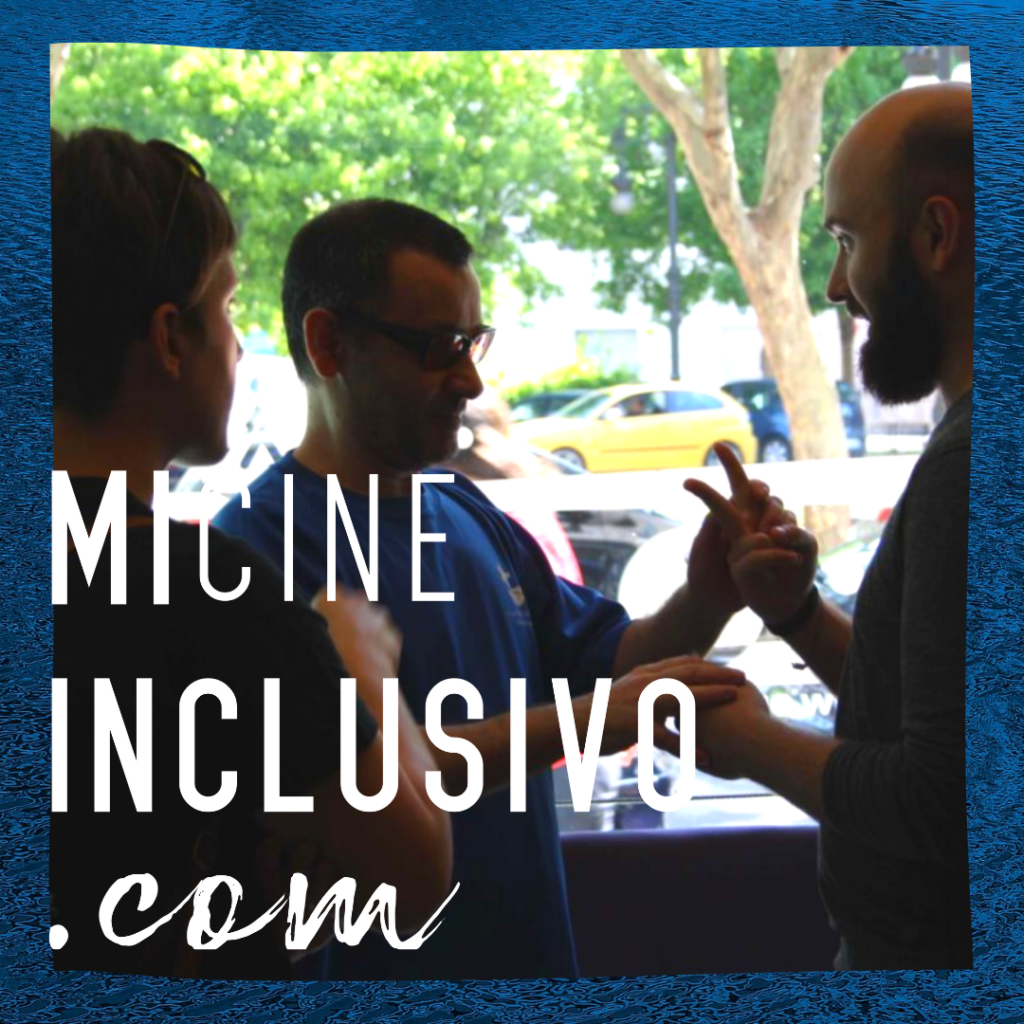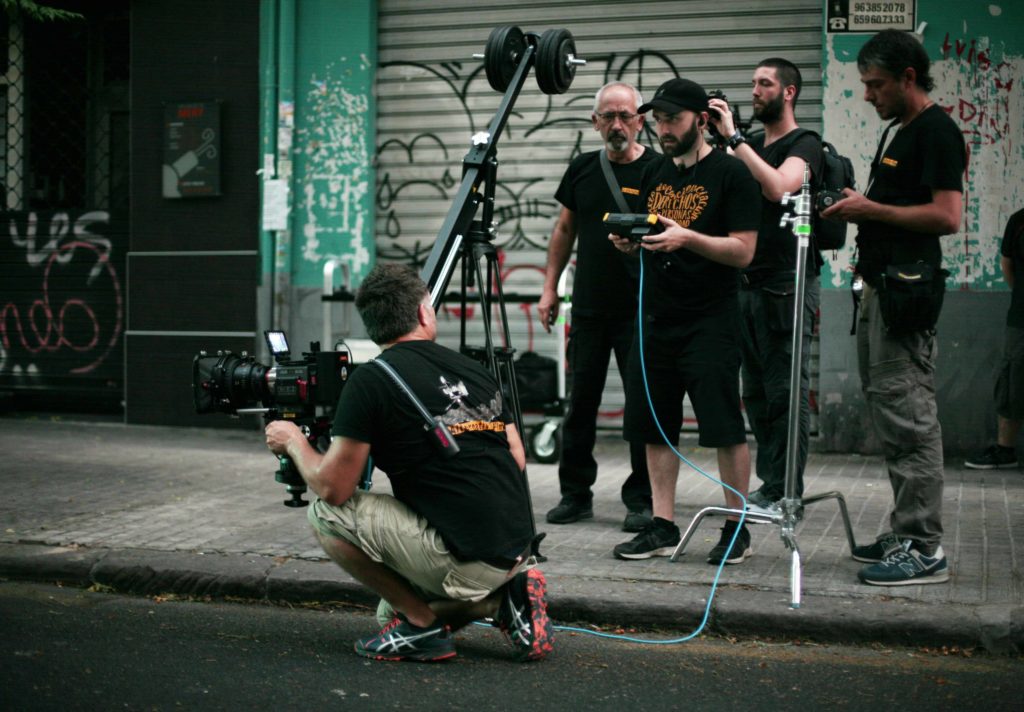Film as one of the most influential forms of art and entertainment has the power to shape society’s perception and understanding of a wide range of subjects. However, for a long time, representation and accessibility in cinema have been a challenge for people with disabilities. In this regard, miCINEinclusivo.com has opened a new chapter through the doctoral thesis we are about to conclude, offering an innovative approach that addresses the inclusion of people with disabilities at all stages of film production.

What is the Inclusive Cinema Model?
The inclusive cinema model we have developed is based on creating cinematic works that comply with current legislation, are consistent with production processes, and, most importantly, are accessible to people with disabilities. From the moment a movie script is written, we incorporate invisible yet perceptible resources for this audience. Collaborating with people with disabilities is also taken into account in this process, from the conception of the idea to the final distribution.
This model includes audio description, accessible subtitling, and sign language representation, which is achieved through interaction with accessibility teams hired from the early stages of pre-production. This not only ensures that films are inclusive but also fosters understanding and the dissemination of this model, which advocates for respect for diversity.
Social Impact and Transferability
The social, industrial, educational, and cultural impact of this approach is far-reaching. Film is a powerful medium for changing society’s perception and social awareness. The inclusion of people with disabilities in film production improves the image of this group and promotes empathy and understanding in society at large. Moreover, the model’s transferability to the film industry sets it apart from other studies in this field.

Opportunities and Teams Involved in Inclusive Cinema
The success of the inclusive cinema model depends on the active collaboration of various teams in audiovisual production. Some of the teams that should participate actively in this approach include:
1. **Copywriters and designers, both digital and on-air:** Develop inclusive and creative content that respects diversity.
2. **Producers, directors, editors, etc.:** Integrate accessibility at all stages of production.
3. **Content development:** Ensure that when stories address inclusion and diversity, they do so authentically.
4. **Operations:** Implement inclusive practices in logistics and project execution.
5. **Marketing:** Promote inclusive films and emphasize their importance in society.
6. **The highest executive and technological levels of the company:** Establish inclusive policies and practices throughout the organization.

Lessons Learned and Future Opportunities
The experience of the inclusive cinema model offers valuable lessons for the film industry and beyond. Some opportunities to explore with teams include:
1. **Choice of explanatory and inclusive shots:** Design cinematography to be accessible to everyone, including people with disabilities.
2. **Collaboration with suppliers:** Share information and requirements with suppliers to ensure the inclusion of details such as character color palettes associated with accessible subtitling.
3. **Collaboration across all areas of production:** Encourage collaboration between teams to promote inclusion at all stages.
4. **Scheduling for channels and platforms:** Explore the possibility of differentiation in the market by offering inclusive content.
Conclusion
Our proposal for inclusive cinema is an example of how the film industry can transform to be more inclusive and respectful of people with disabilities. This approach goes beyond mere accessibility and aims to change society’s perception of diversity. By involving various teams in film production, a path is created toward more inclusive and enriching cinema for all. Inclusive cinema is not only an opportunity for the entertainment industry but also a powerful tool to promote education and empathy in society.








